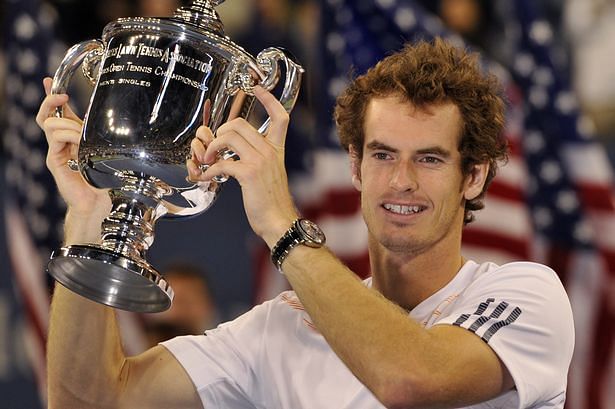
Andy Murray: Of sighting brighter horizons in troubled times

Tennis has always been a dichotomous sport with some finding highs and some struggling to get a decent rhythm going. And then there are those who look like they are set course toward highs, only to fall a few painful steps short of the desired goal.
Andy Murray, winner of two majors – one at Wimbledon, no less – is one of the latter classifications of tennis players with his career interspersed with successes and almost-corresponding struggles.
In 2012, at the US Open when Murray won his first major, his win spoke of a long spoken of promise finally brought to fruition. The quartet of the ‘Big Four’ had each won a major that year and while customary expectations were placed on their shoulders, it was Murray who became the newest focus of all eyes – all over again.
Newer horizons amidst turbulent times
It has therefore been quite surprising to see Murray struggle so. The back injury that laid him off action for almost three months following his participation in the Davis Cup World Group Play-off could have been – and was – attributed as a reason for his erratic form. But almost eight months into the season, with Murray continuing to baffle everyone with his unpredictable play-making and his top-10 ranking balanced precariously, it’s obvious that there’s something more underlying that seems to be affecting the Scot’s game.
Just a few days ago, the Briton’s former coach Ivan Lendl, opened up about the reasons of the end of their successful professional association in March earlier this year. Though there weren’t any speculations about their professional association souring up, the sudden truncation to their partnership nonetheless did raise a lot of questions in its aftermath.
This disclosure with its seemingly inadvertent yet fittingly convenient timing – on the part of Lendl – has then put a finite end to the still faintly-lingering murmurings even after the significant steps taken by both parties. Especially Murray, who went on to hire two-time major winner Amelie Mauresmo as his coach, right before Wimbledon and who has made it clear about wanting to extend the said association for a longer run.
Problems plaguing the Scotsman
And here’s where Murray’s performance at the US Open makes it a tricky road to cross through. The former French World no.1’s coaching inputs may definitely be helping the Scot, but the fact remains that any misses from him in turn is a fuelling catalyst for inquiring into his chances to go deeper. Not just at Flushing Meadows, but also the remainder of the tournaments in this season including potentially making it to the World Tour Finals.
While none can – and should – doubt Murray’s immense talent, even in the wake of some demoralising results this year, the most pressing facet about the swirling uncertainties around the Briton is that, he is his biggest vulnerability.
Rather, it’s his mind more than his game that tends to amiss during significant match moments.
In the four finals that Murray played at the majors – including his first final at the 2008 US Open – before winning his maiden title, this aspect was obvious to the extent that he had started to get predictable for the worse.
The road ahead
It isn’t that uncommon a situation that a player at times finds oneself to be in – unsure and self-questioning. But where other players eventually come out of such self-doubting phases, the 27-year old hasn’t been able to do much in spite of making it to the winners’ inner circle.
So far at Flushing Meadows, the 2012 champion has had a decent run. But the real test of his mettle in the event will commence from the fourth round where he will have take on Jo-Wilfried Tsonga for a place in the quarter-finals and following a possible victory over the Frenchman, will need to defeat Djokovic to play in the semi-finals.
It won’t be the definitive end to the Scot re-finding his form, with much tougher outings strewn ahead, if at all he does get past Tsonga and also Djokovic. However, it will be the mental spurring needed for him to try and re-build all those hopes. Hopes, some of which, he satisfied and some which, he came so close to fulfilling, yet somehow ended up coming short by the smallest of margins. Including climbing back up the rankings’ leader-board where his name not so long ago held its distinct, pride-of-place.